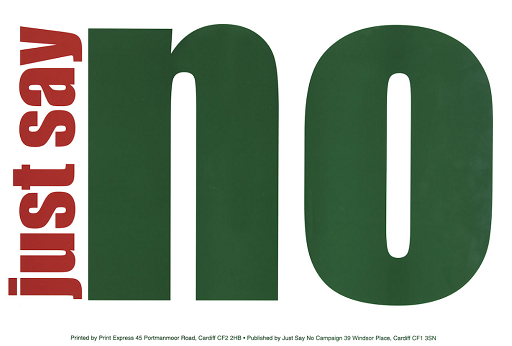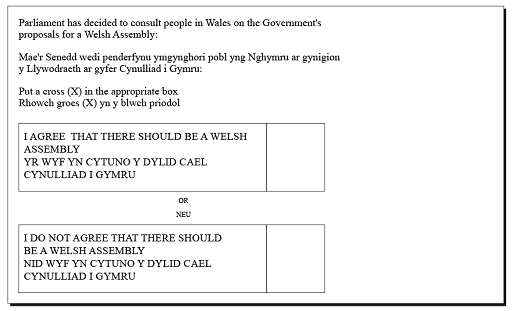2.3 1997 referendum
Although the result was decisive, the idea of devolution did not go away.
Throughout the 1980s and early 1990s, politics in Wales and Scotland were misaligned with both countries electing mostly Labour MPs while a Conservative government led by Margaret Thatcher was in power at Westminster.
Responding to this, the Labour Party in opposition undertook a further exploration of the possibilities of devolution. It was pursued initially by Labour leader John Smith and taken on by his successor and Labour Prime Minister, Tony Blair.
Blair subsequently acknowledged that he was not a passionate devolutionist but it would have been politically difficult to reverse this position. He addresses this point in an interview with the Institute of Government, marking 20 years of devolution:
The purpose of devolution was to bring about a new settlement between the constituent parts of the UK so that decision making was brought closer to the people who felt a strong sense of identity. And politically, also, to ward off the bigger threat of secession… it was the established Labour Party position [when Blair became Labour leader] but, essentially, I took the view that it was right in principle and necessary politically. And before I became Labour leader it was clear that was the pretty established and settled position of the Labour Party. So frankly, it would have been hard to change it even if I had wanted to, but I had become convinced myself that it was basically the right thing to do and that the previous 100 years had been a series of failed attempts to do devolution. And it was important that we succeeded otherwise I could see a situation, particularly in Scotland, where the support for independence would be unstoppable. And I still think it was basically necessary to prevent that even though it’s a continuing debate as to whether Scotland goes for full independence or not.
The Labour Party took forward proposals for devolution in two policy documents: Shaping the Vision in 1995 and Preparing for a New Wales in 1996. Progress was rapid. Following Tony Blair’s landslide Labour victory on 2 May 1997, the Referendums (Scotland and Wales) Bill was introduced to the House of Commons on 15 May 1997. Proposals for an Assembly for Wales were published on 22 July 1997 in the A Voice for Wales white paper.
A Voice for Wales envisaged an elected body with 60 members elected under the Additional Member System. It was put to a vote across Wales less than two months later.
Activity _unit2.2.2 Activity 2 Referendum (1997)
The referendum was held on 18 September 1997. Take a look at these campaign materials for both sides.
How would you vote this time? Make your decision, then reveal the discussion below to find out the results.
Discussion
| Do you agree that there should be a Welsh Assembly as proposed by the Government? | ||
|---|---|---|
| Response | Votes | % |
| I agree that there should be a Welsh Assembly | 559,419 | 50.30% |
| I do not agree that there should be a Welsh Assembly | 552,698 | 49.70% |



